The two sets of “WFUMB Guideline/Guidance on Liver Multiparametric Ultrasound” (Part 1: Update to 2018 Guidelines on Liver Ultrasound Elastography; Part 2: Guidance on Liver Fat Quantification) are coming very soon.
The document is clinically oriented and is also a useful guide for the users. In part 1 it is explained how the liver stiffness values should be interpreted, and the usefulness of stiffness assessment for evaluating the outcome of patients with chronic liver disease is highlighted. Both in part1 and part2, the protocols for a reliable acquisition of the two quantitative parameters are detailed and the reasons that lead to the inclusion of each specific item in each protocol are explained. For the assessment of liver stiffness with elastography, each etiology of chronic liver disease is discussed in a dedicated section. There are also sections for the use of elastography in particular settings, such as in the pediatric population or in the evaluation of patients with portal hypertension. Where there is solid evidence, the recommendations were rated in a standardized manner, following the Oxford Centre for Evidence-Based Medicine released in 2009. For ultrasound fat quantification the recommendations were based on published studies and experts’ opinion but were not graded because the level of evidence was low at the time of publication of the document.
The following is the account of the process that led to the release of the document in a short period of time.
On May 2023, the WFUMB Executive Board asked me to lead a further update to the liver ultrasound elastography guidelines that were released in 2018 and published in the official journal of the WFUMB, i.e. Ultrasound in Medicine and Biology. This time, the goal was to also release a guidance on fat quantification with ultrasound, because steatotic liver disease has become the leading cause of chronic liver disease worldwide and the availability of noninvasive methods for fat quantification is therefore of great interest. The document was on “Multiparametric Ultrasound”, even though other parameters for the noninvasive assessment of chronic liver disease, such as viscosity among others, were not included because of insufficient literature and discordant results.
The WFUMB Executive Board relied on me for the choice of the members of the steering committee and of the experts’ panel. This was, of course, a huge responsibility and a big challenge.
For the development of guidelines on noninvasive techniques the “experts” should not merely be “expert users” of the specific technique(s). Rather, they should be leading experts who have substantially contributed with their research to the advancement in the topic(s) of the guidelines.
The criterion followed for choosing the experts (for all the authors of these guidelines) was a PubMed and Scopus search for authors of high-quality research studies on ultrasound liver elastography and ultrasound fat quantification. Among them, the panel of experts was selected also considering the different Ultrasound Federations that constitute the WFUMB. Therefore, different geographic areas of the world were considered.
In the selection process, the specific specialty of the expert was not (and I strongly believe that it should not be) a criterion that was followed.
Other criteria applied for choosing the experts were: no more than one expert per institution; no more than one expert per country (exceptionally two); no more than five experts per Ultrasound Federation (AFSUMB, ASUM, EFSUMB, FLAUS, MASU); at least one expert per Federation unless there was no expert identified - based on the proposed rule - to include.
The WFUMB publication committee agreed on these rules and on the list of experts selected utilizing these criteria.
The experts received the invite at the end of May 2023 and by the middle of June 2023 the panel was completed. The experts’ panel is composed of 17 members belonging to the different Ultrasound Federations adhering to the WFUMB.
The steering committee identified the areas of interest and established a dedicated section for each one. The topic of each area was assigned to a group of experts with a leader who had the task to assign duties to each member, to receive the feedback from all of them, to collect the contributions and to organize a draft. The draft reported the evidence from the literature; based on them, the recommendations were made and graded when it was deemed appropriate based on the body of evidence available.
Two online meetings to discuss specific matters, also including the agreement on statements made in the “work-in-progress” drafts, were held on August and October 2023.
By the end of November 2023, the draft was ready and discussed in a hybrid meeting held on November 28 in Chicago, Illinois, USA, on the occasion of the RSNA meeting. The two parts of the manuscript, i.e. part 1 on liver elastography and part 2 on liver fat quantification, were shared in Google Drive and all authors had the possibility to comment and revise them. The recommendations that were made in part 1 of the document were formally voted in an online meeting scheduled on January 10.
The document was also sent for comments to all the members of the WFUMB publication committee.
Part 1 of the document was submitted to Ultrasound in Medicine and Biology in January 23, part 2 in January 28.
Overall, the development of the document took about six months and it proceeded at a speedy pace, even though this period also included the summer vacation. This achievement must be ascribed to the dedication and enthusiasm of the panel members, let alone their expertise and knowledge of the topics.
These guidelines were not supported by any vendors in any manner, and this strengthens their content. Most of the experts have conflicts of interest that are clearly and honestly declared in the published articles and that, however, does not bias or diminish the scientific value of the document, because it is based on published studies that were rated using objective criteria, i.e. those of the Oxford Centre for Evidence-Based Medicine.
Giovanna Ferraioli, MD, FAIUM
Leader of the panel of experts for the development of the WFUMB Guideline/Guidance on Liver Multiparametric Ultrasound
Member of the WFUMB Publication Committee
Affiliation: Department of Clinical, Surgical, Diagnostic and Pediatric Sciences, University of Pavia, Pavia, Italy
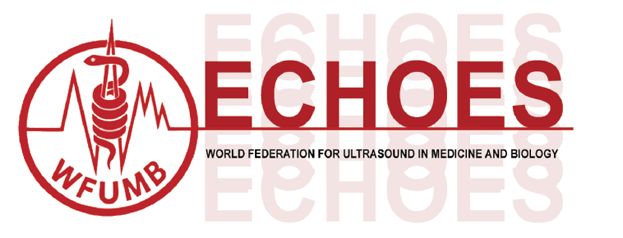

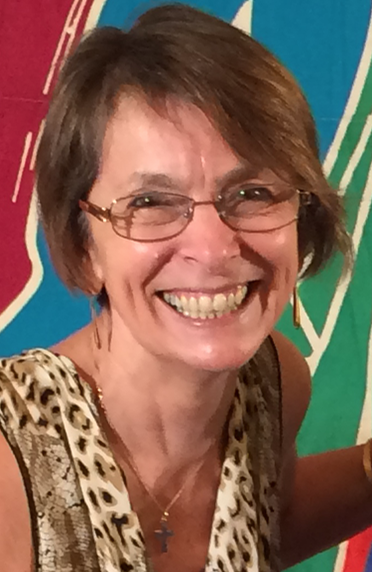
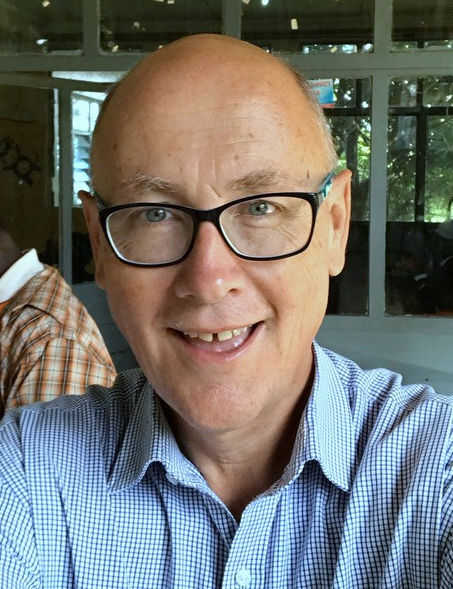
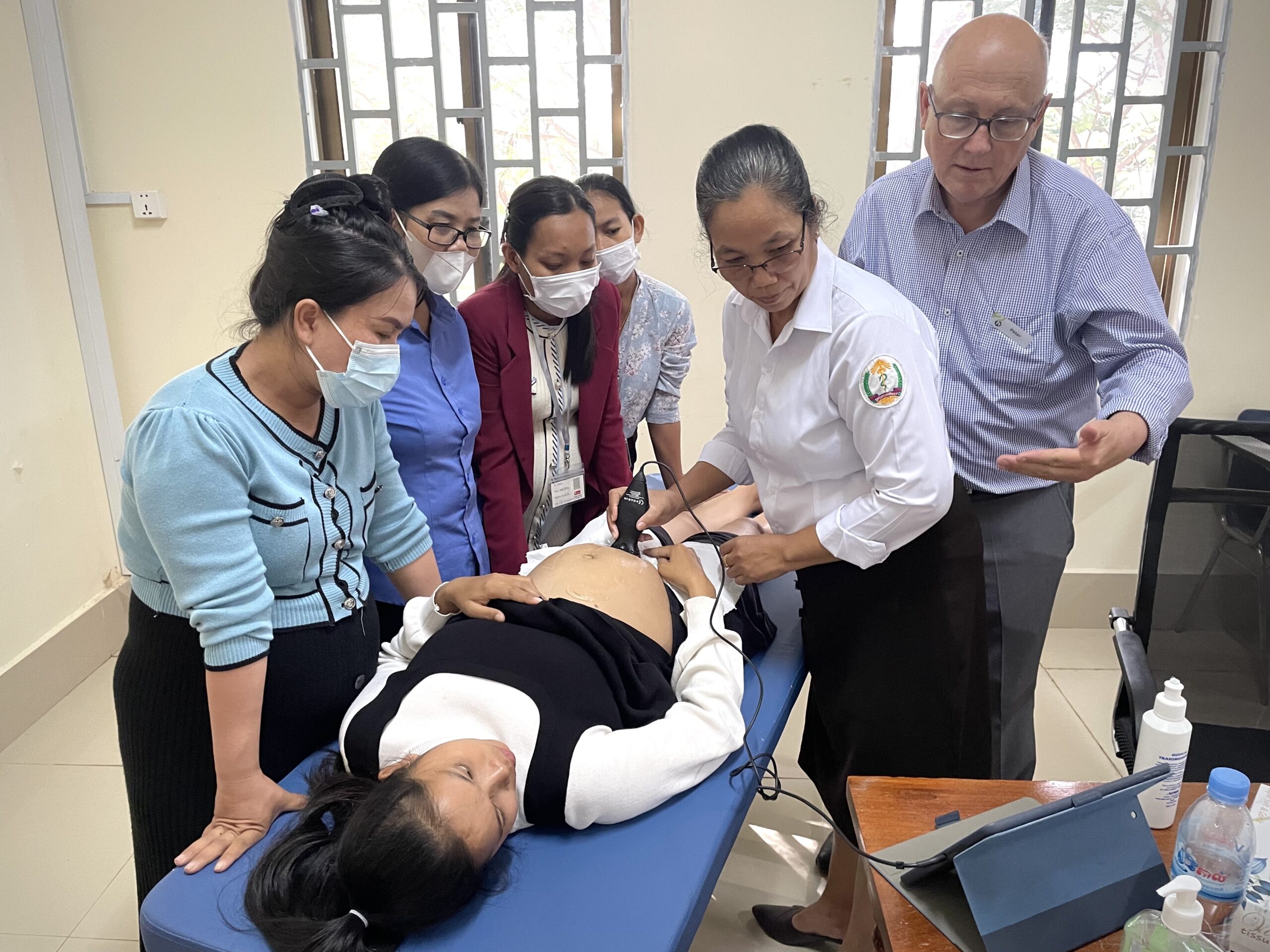
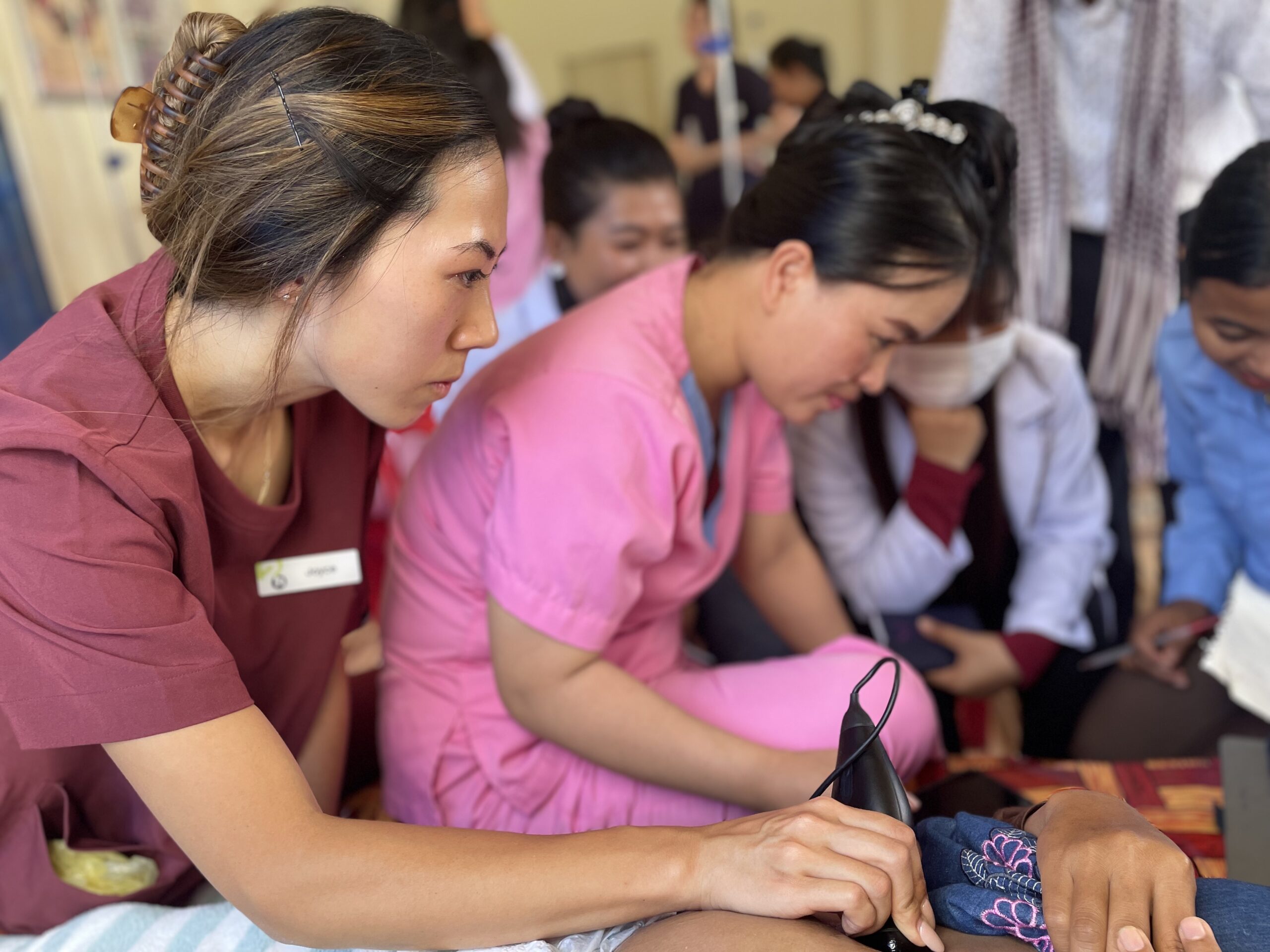
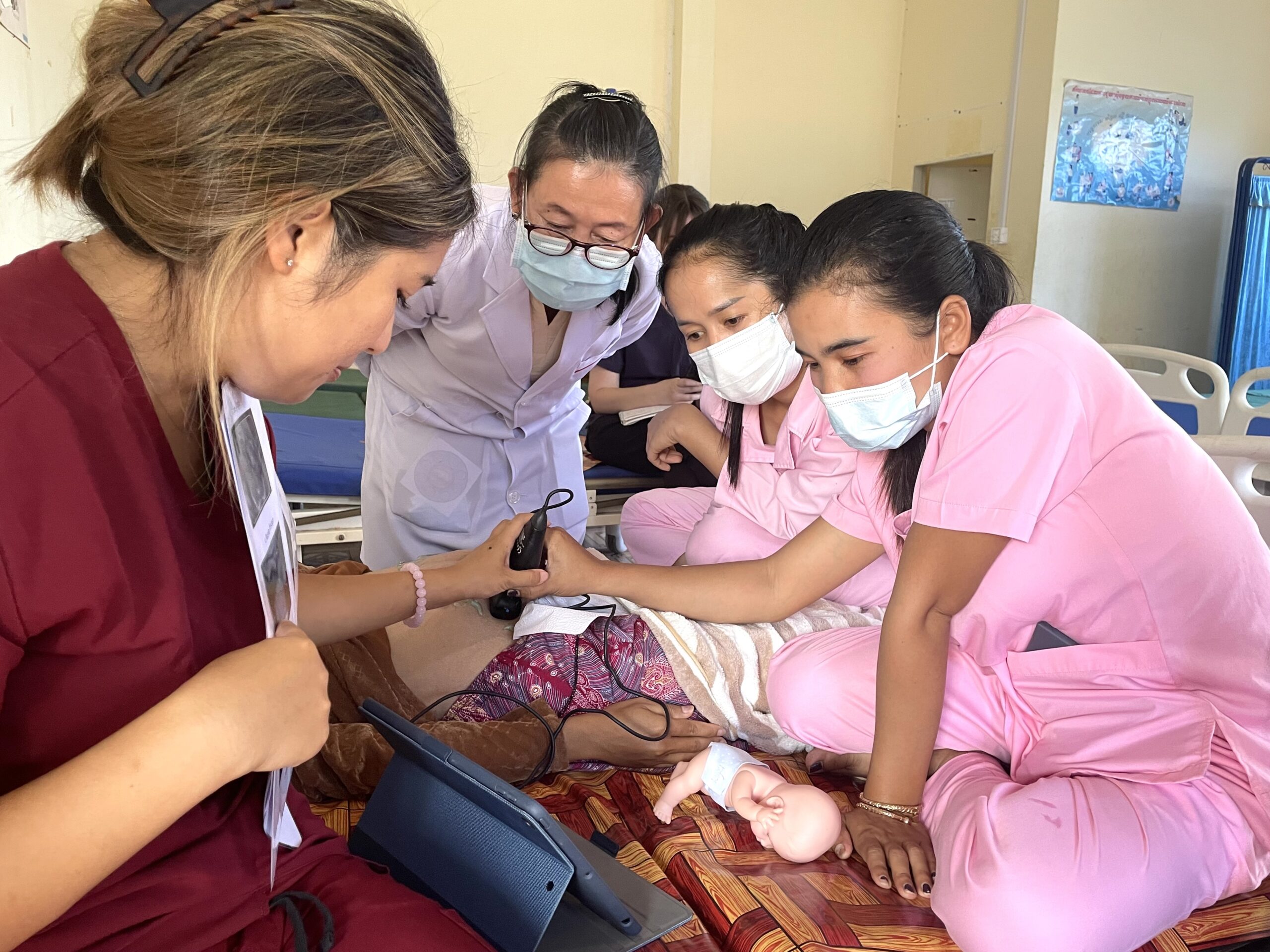
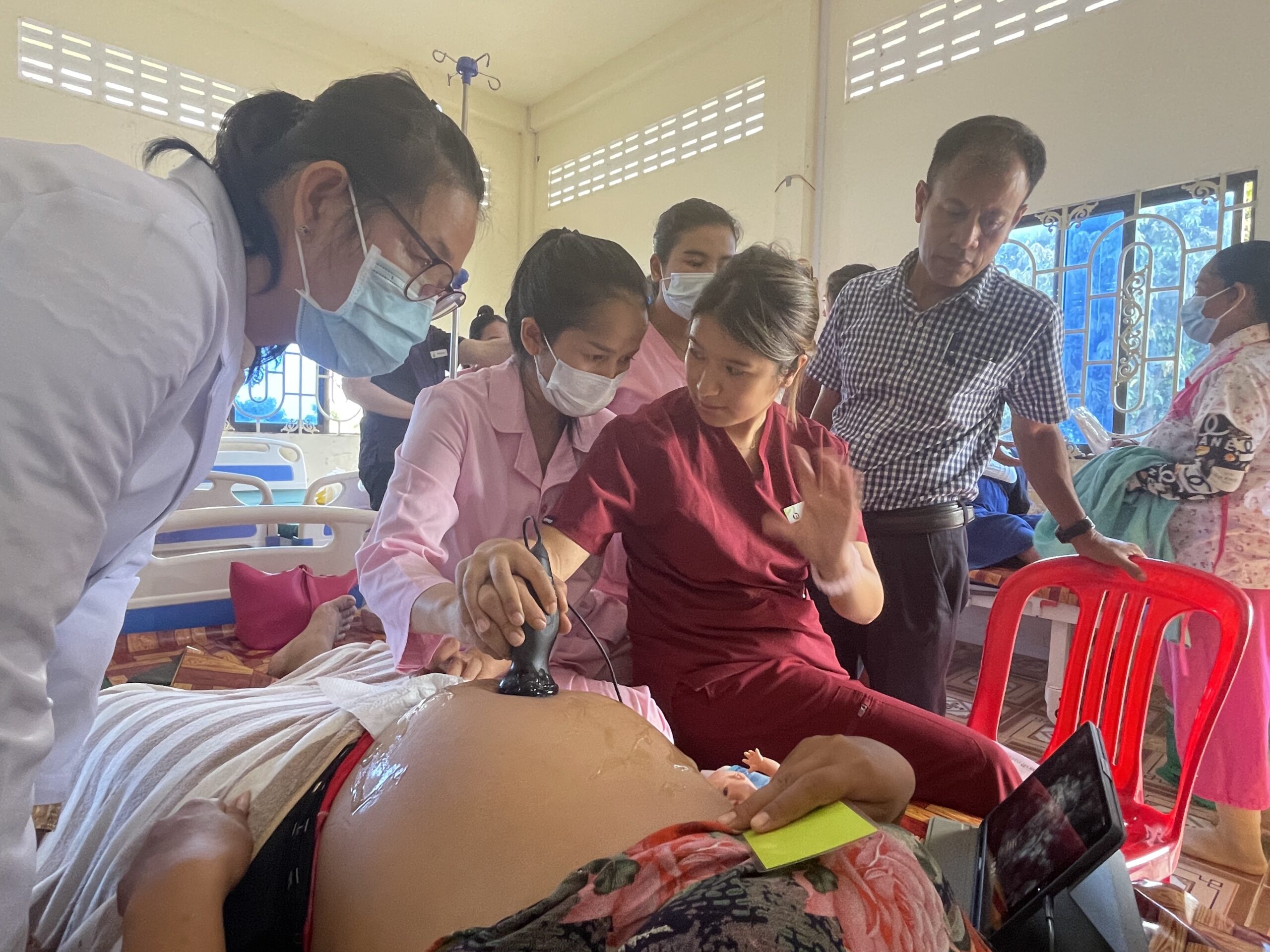
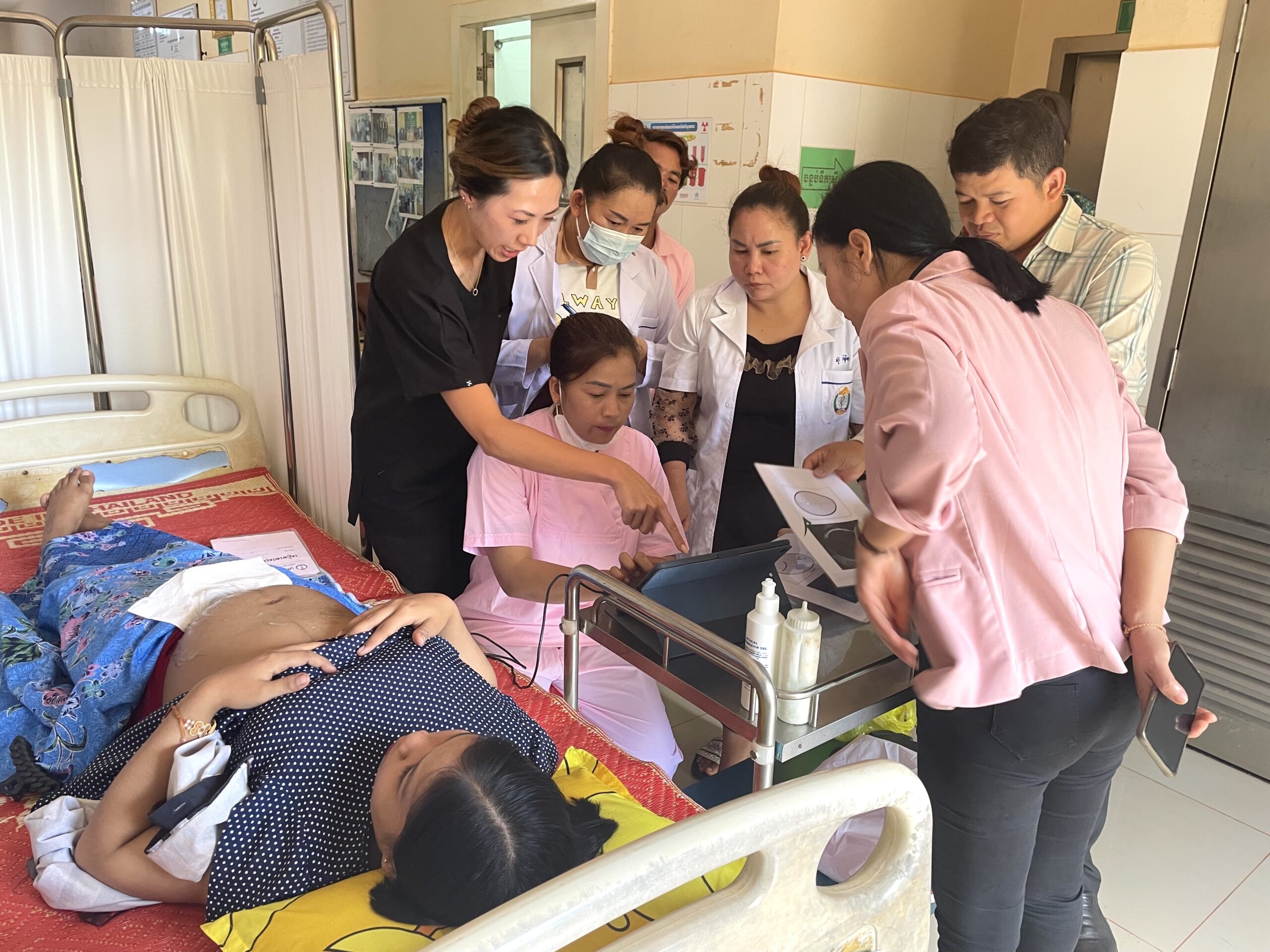
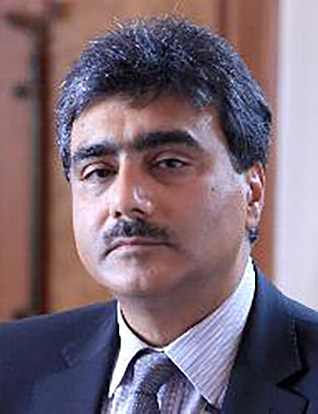
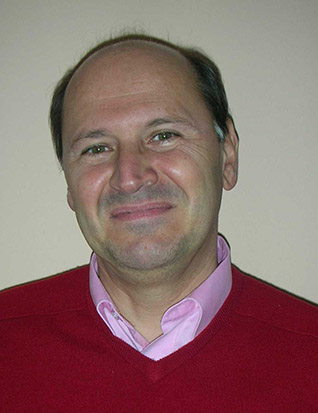
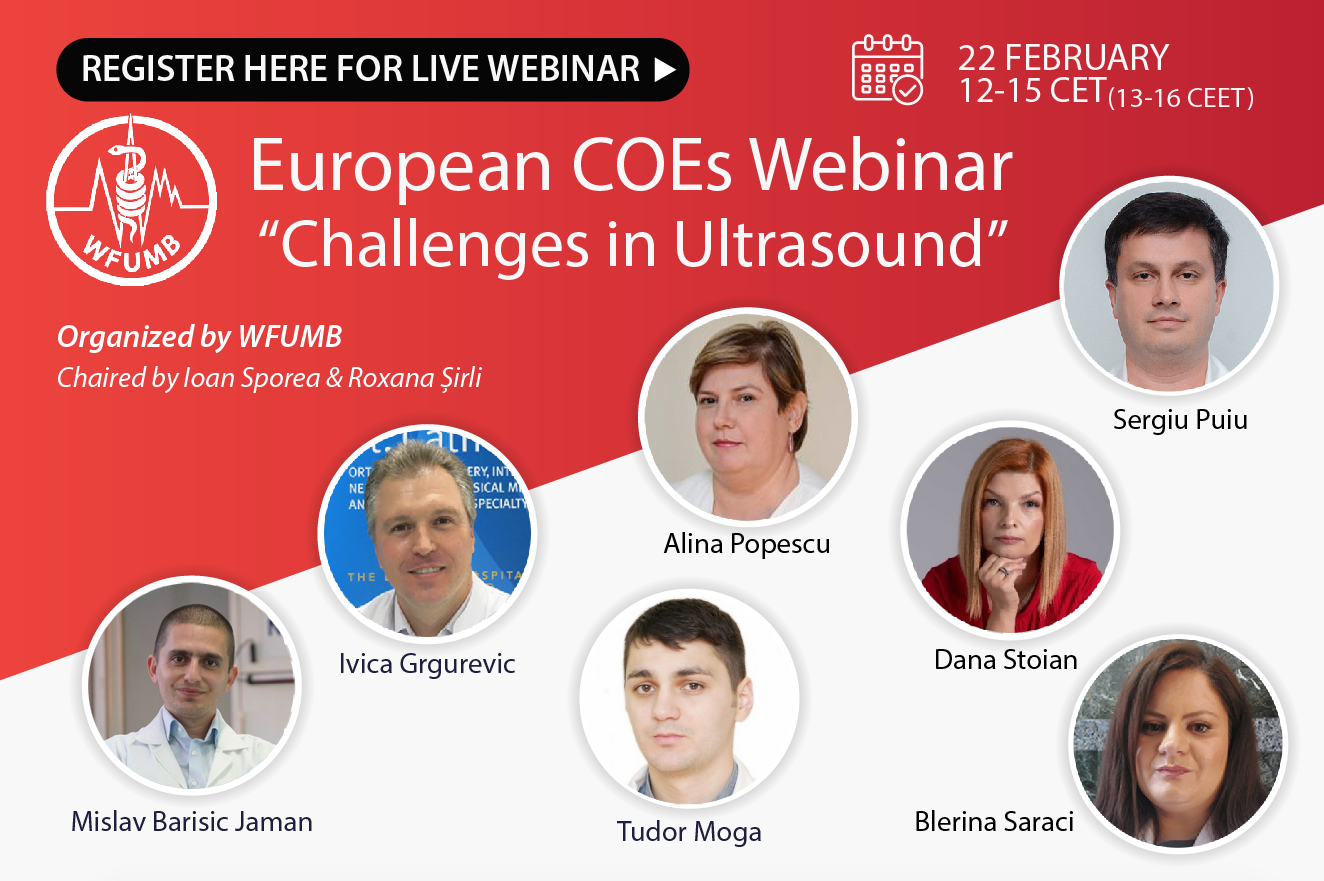
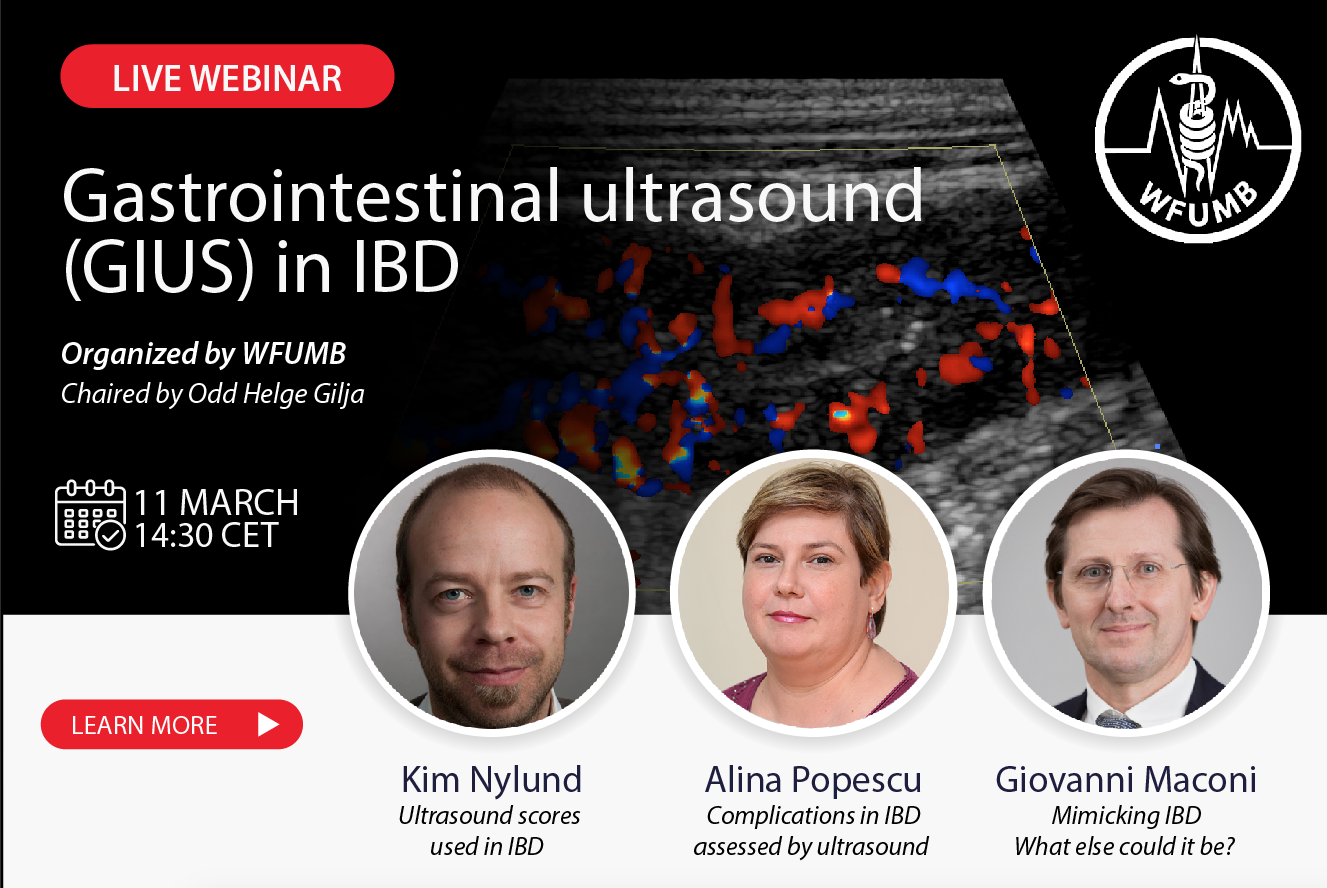
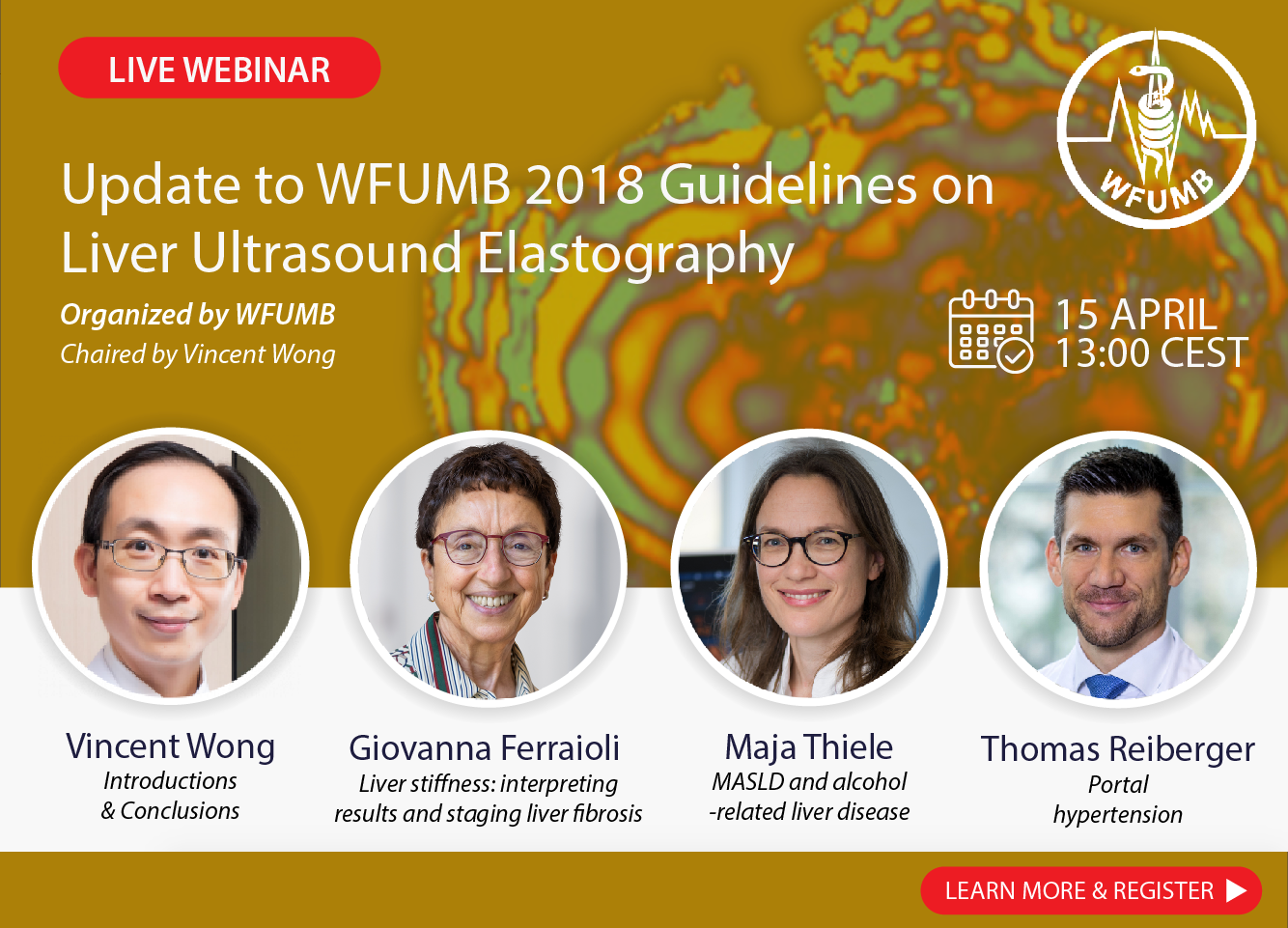
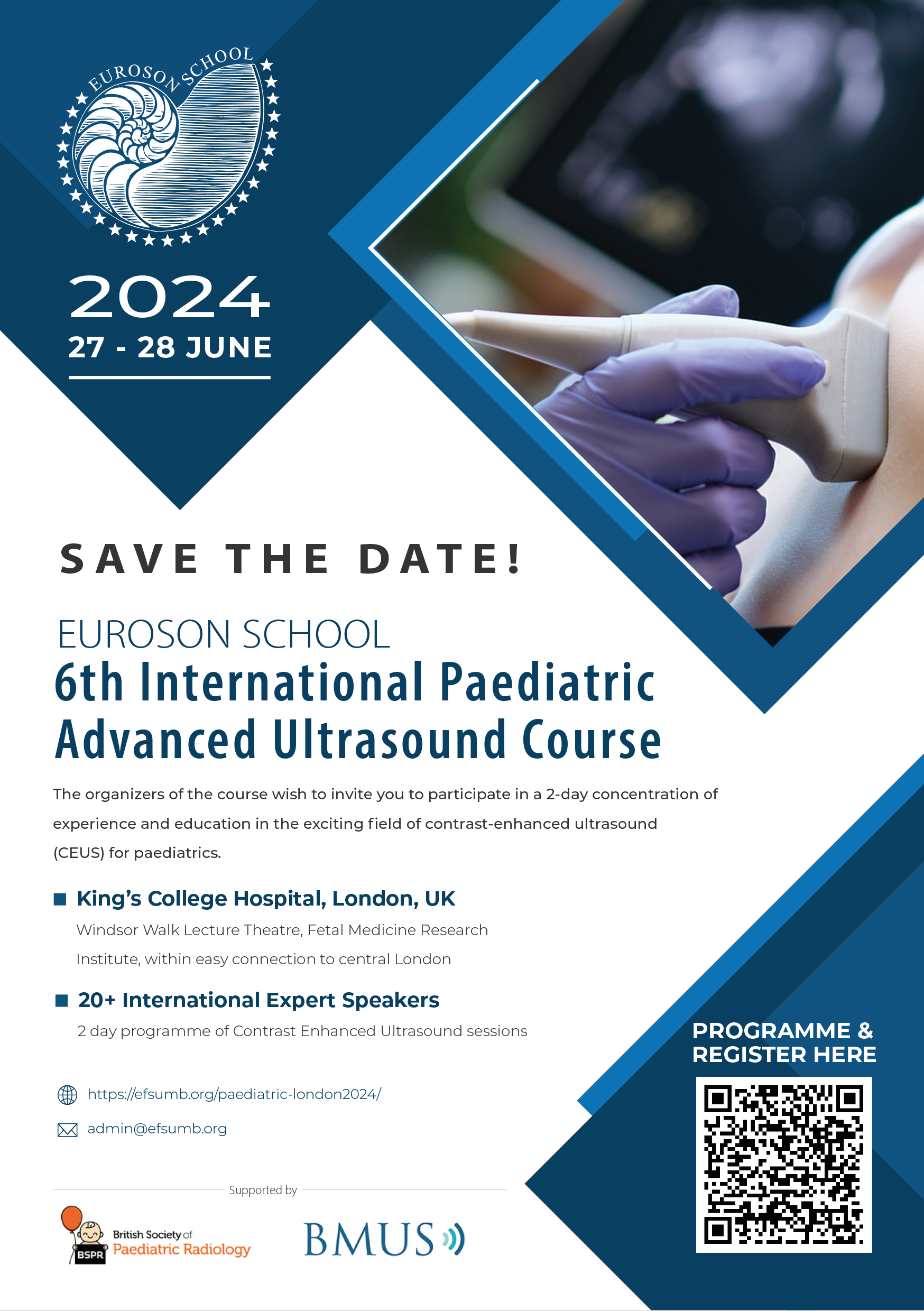
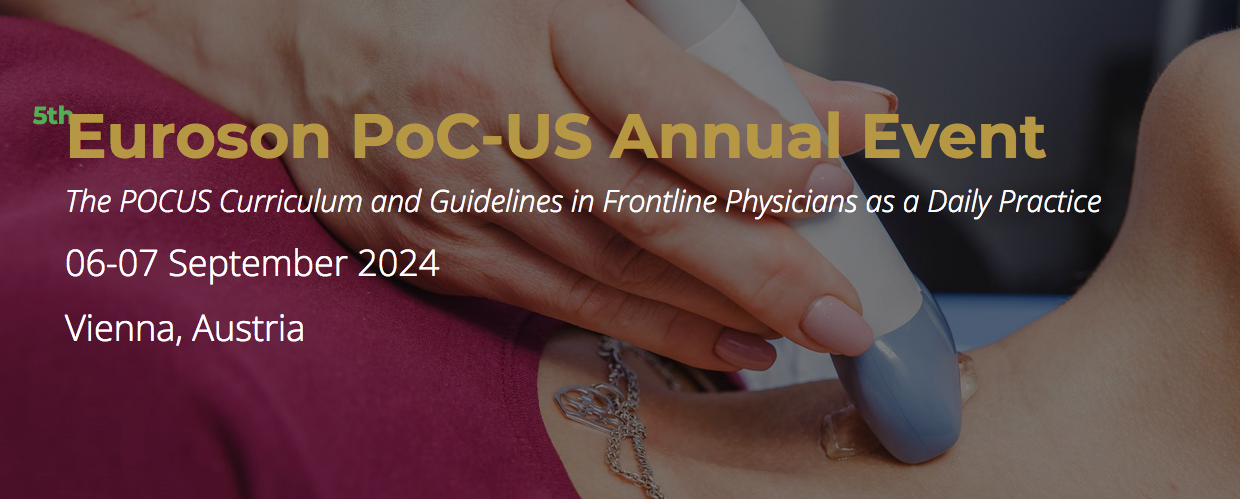
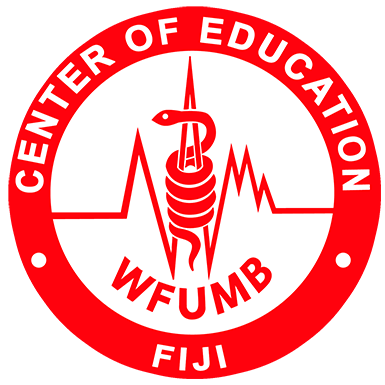

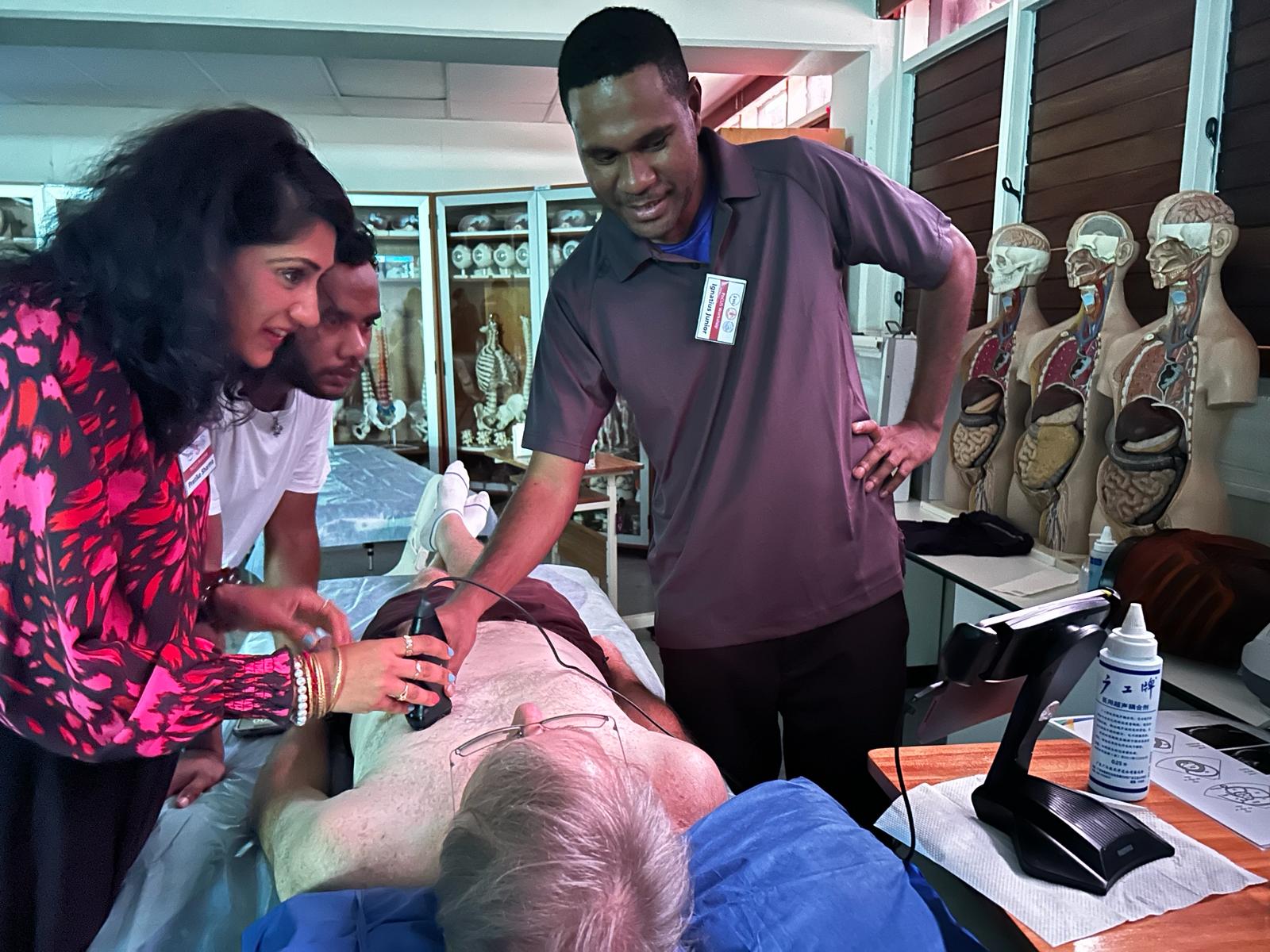
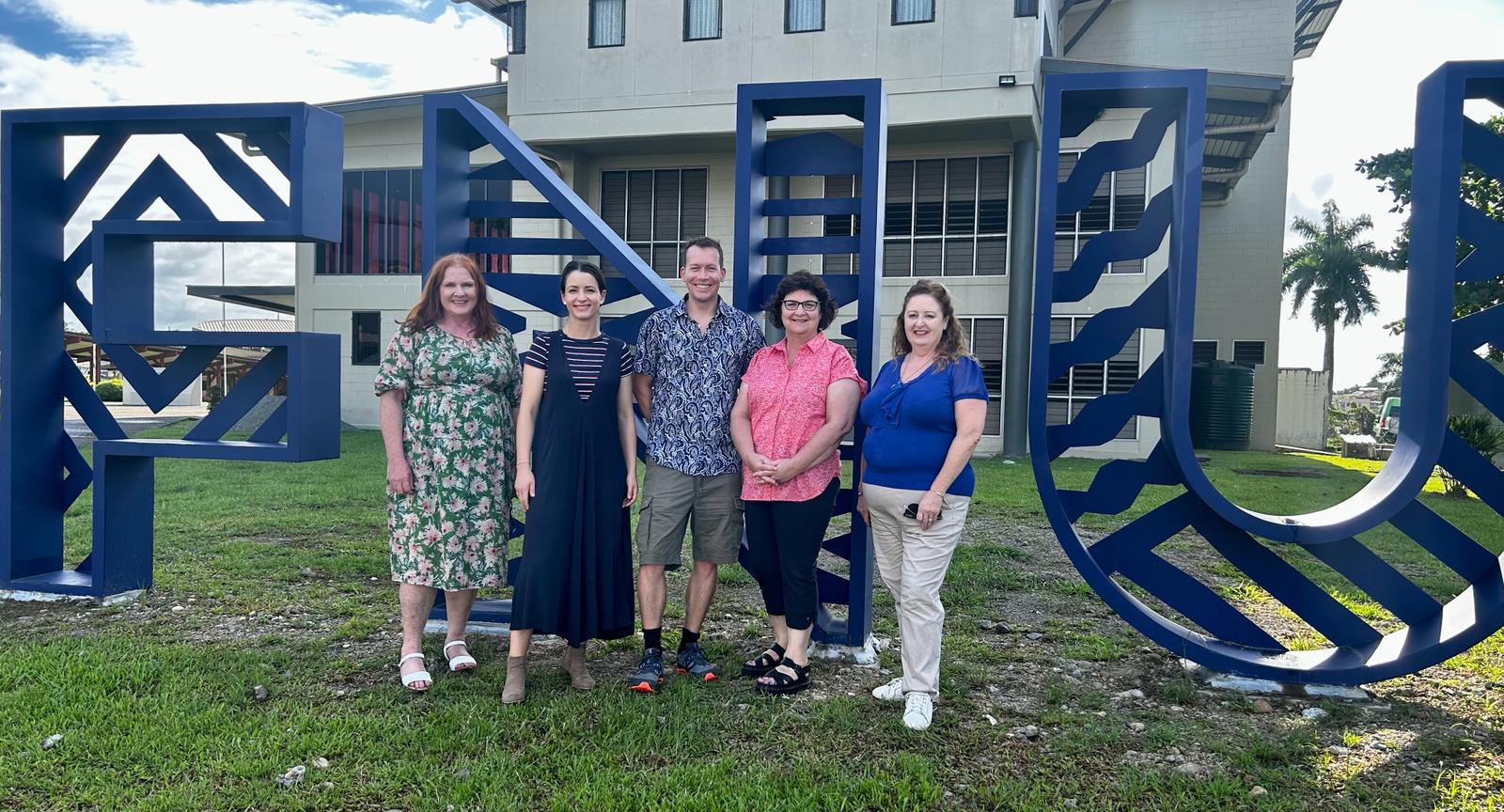
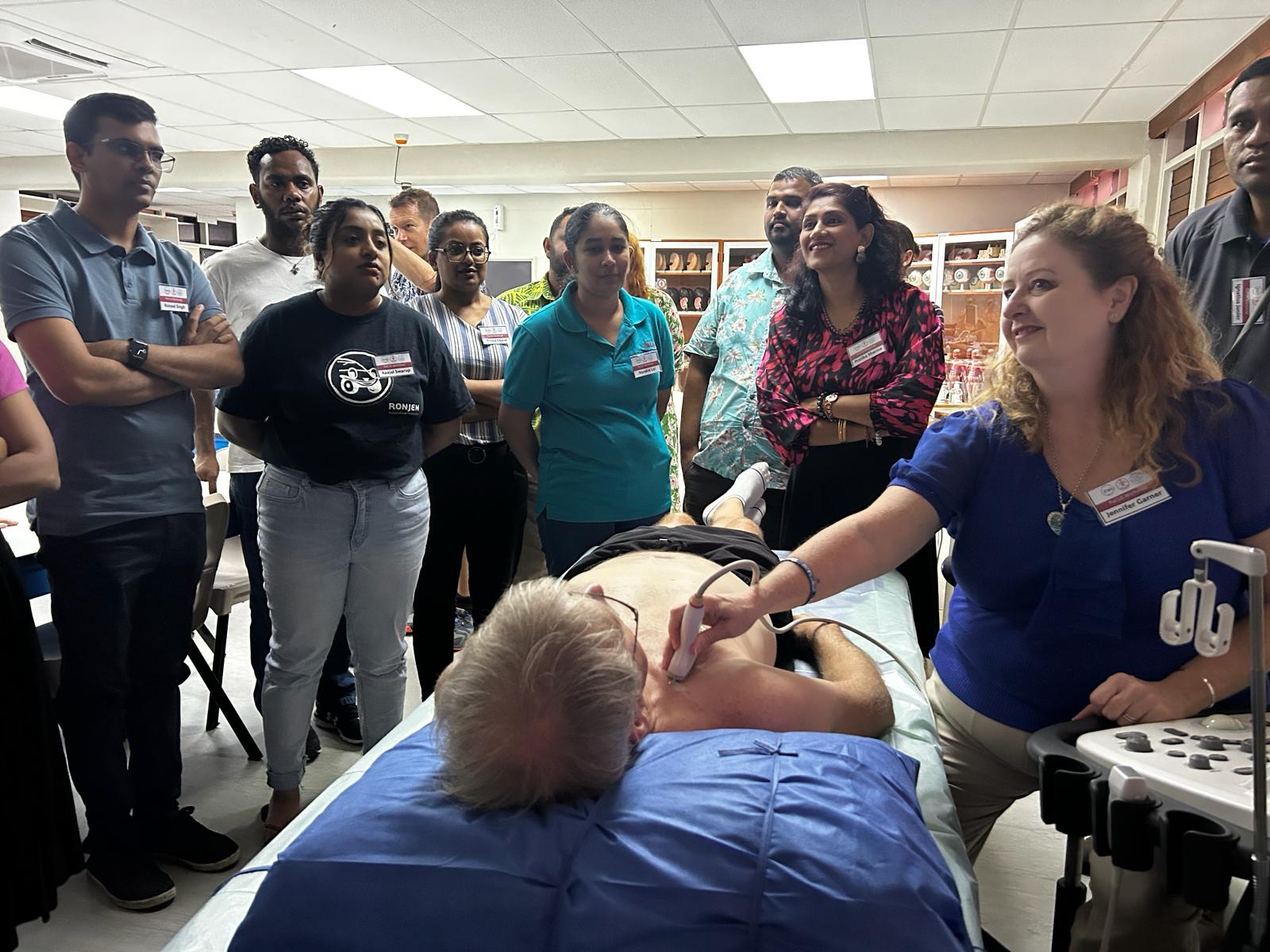

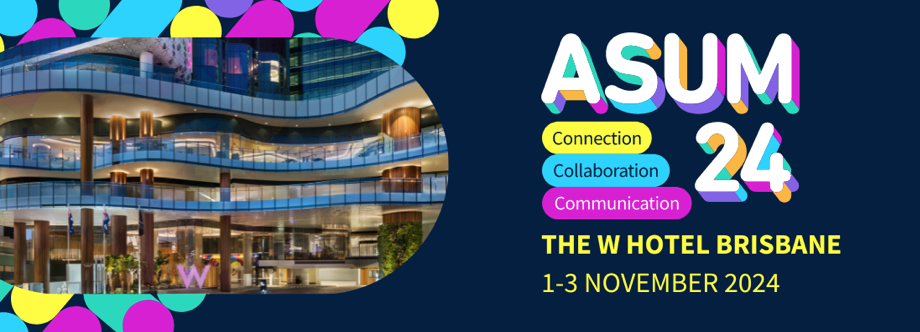

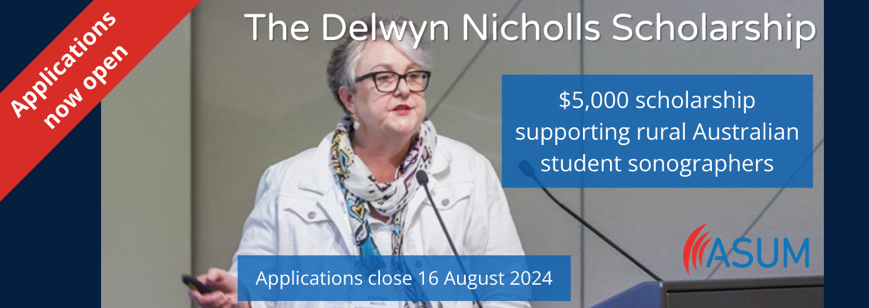
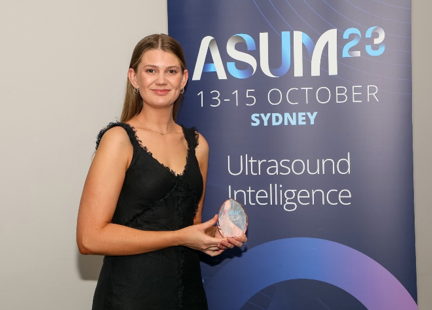

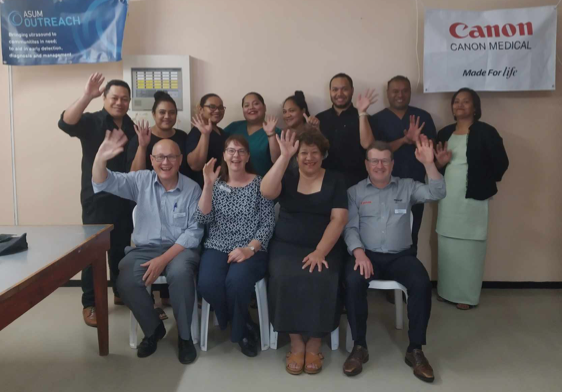
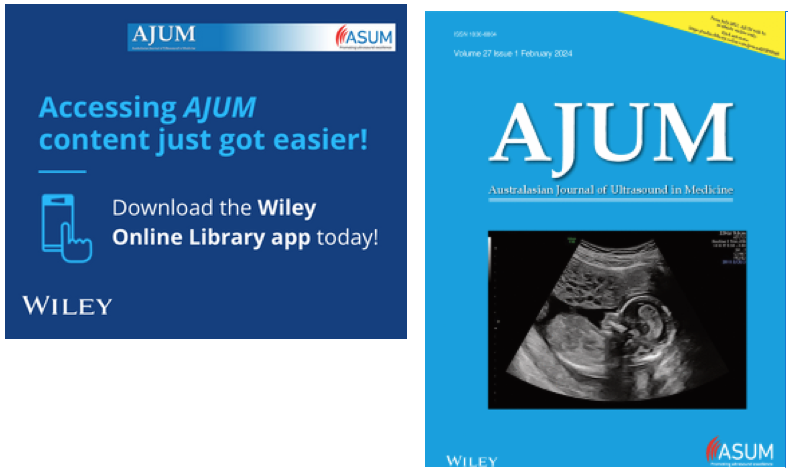
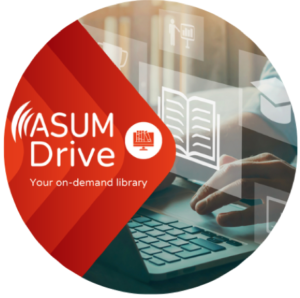





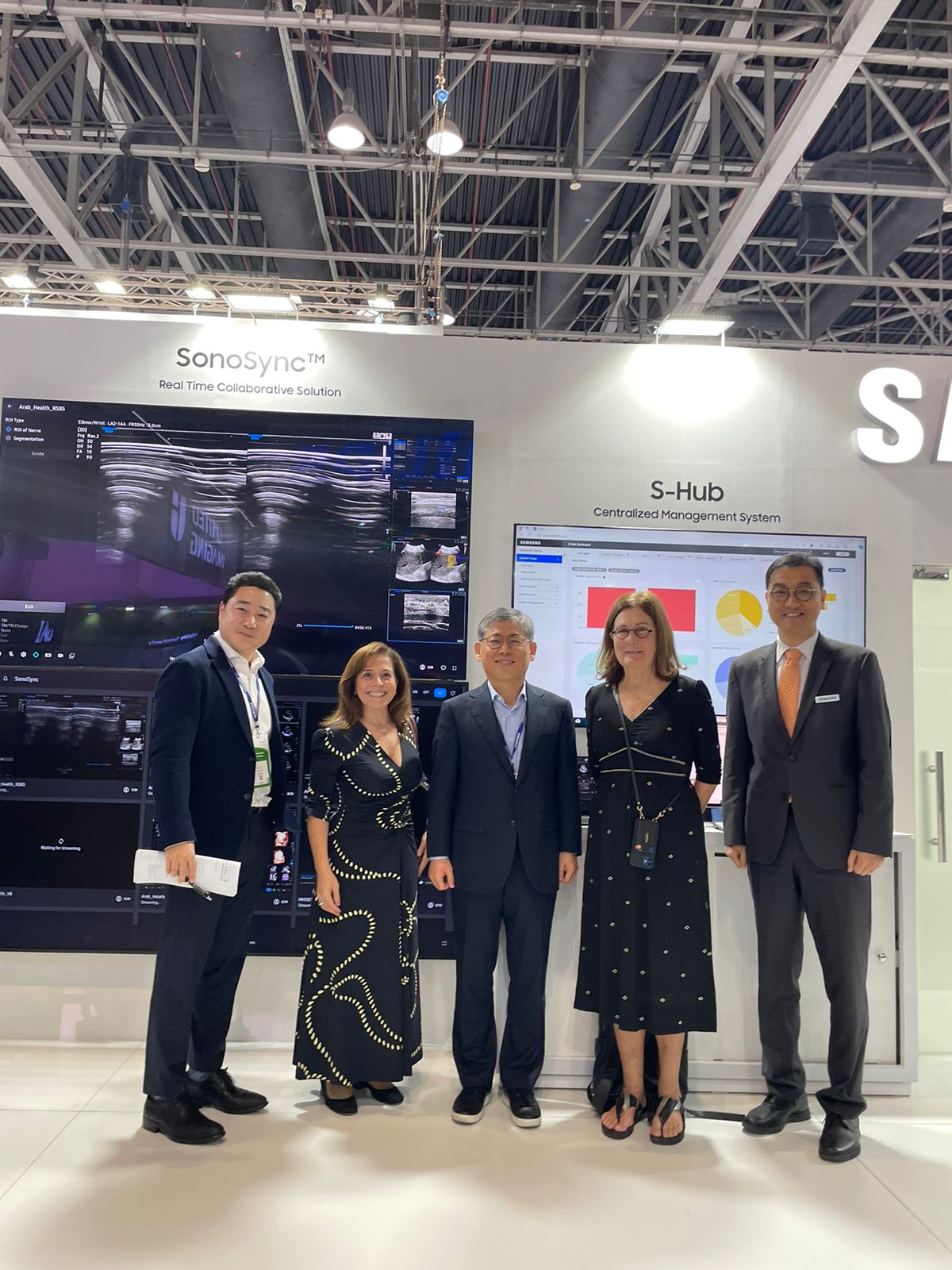
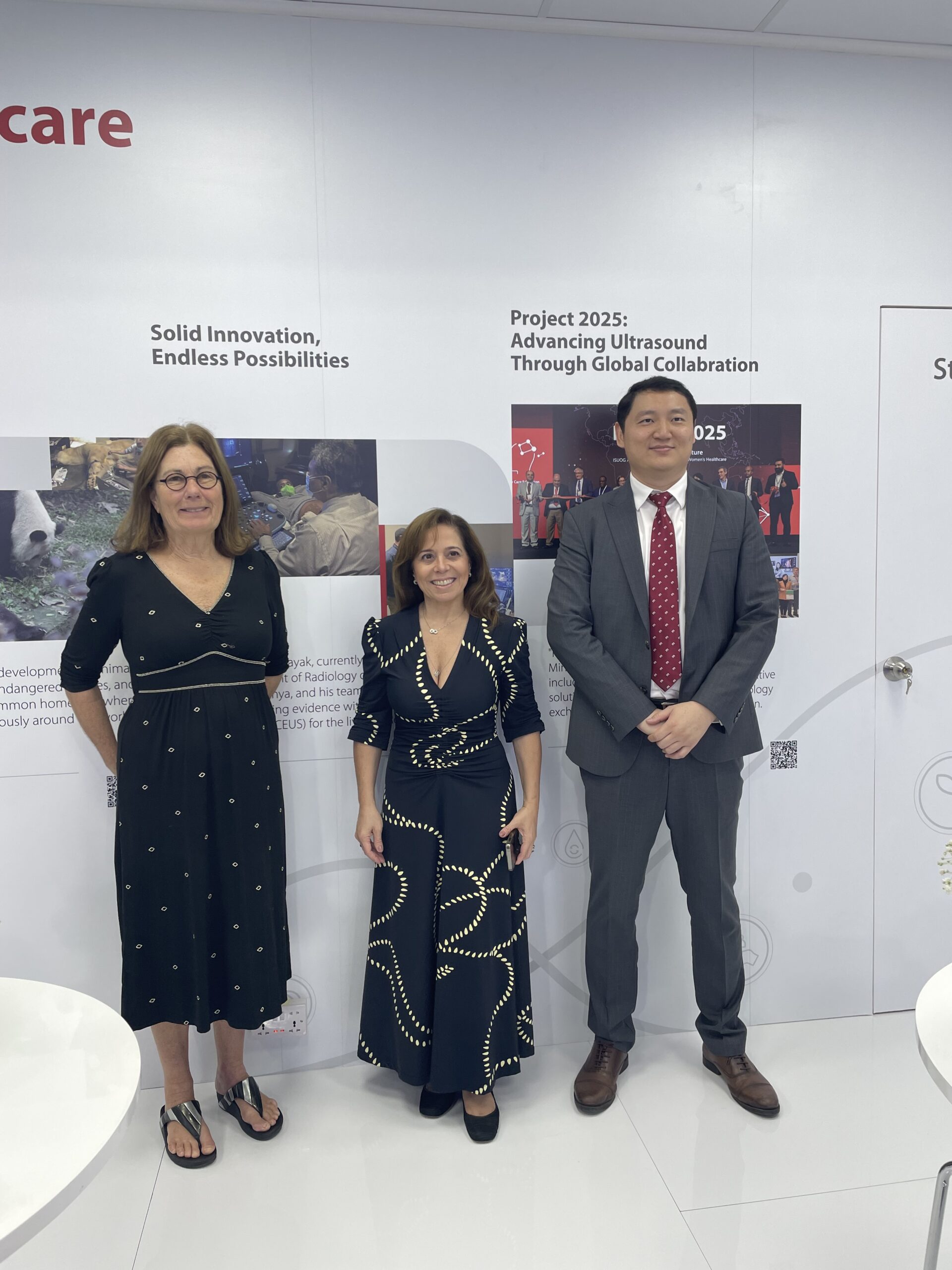
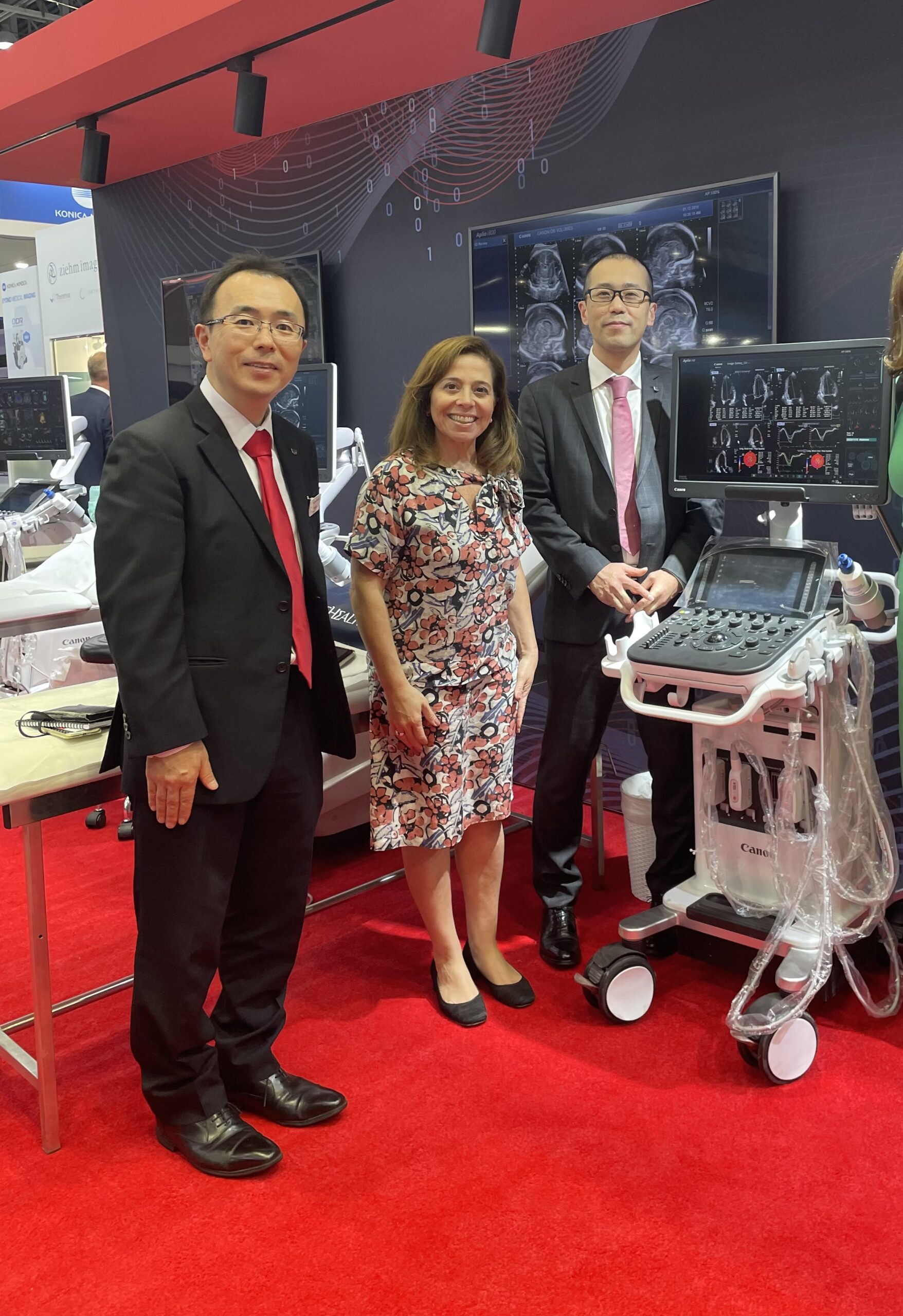
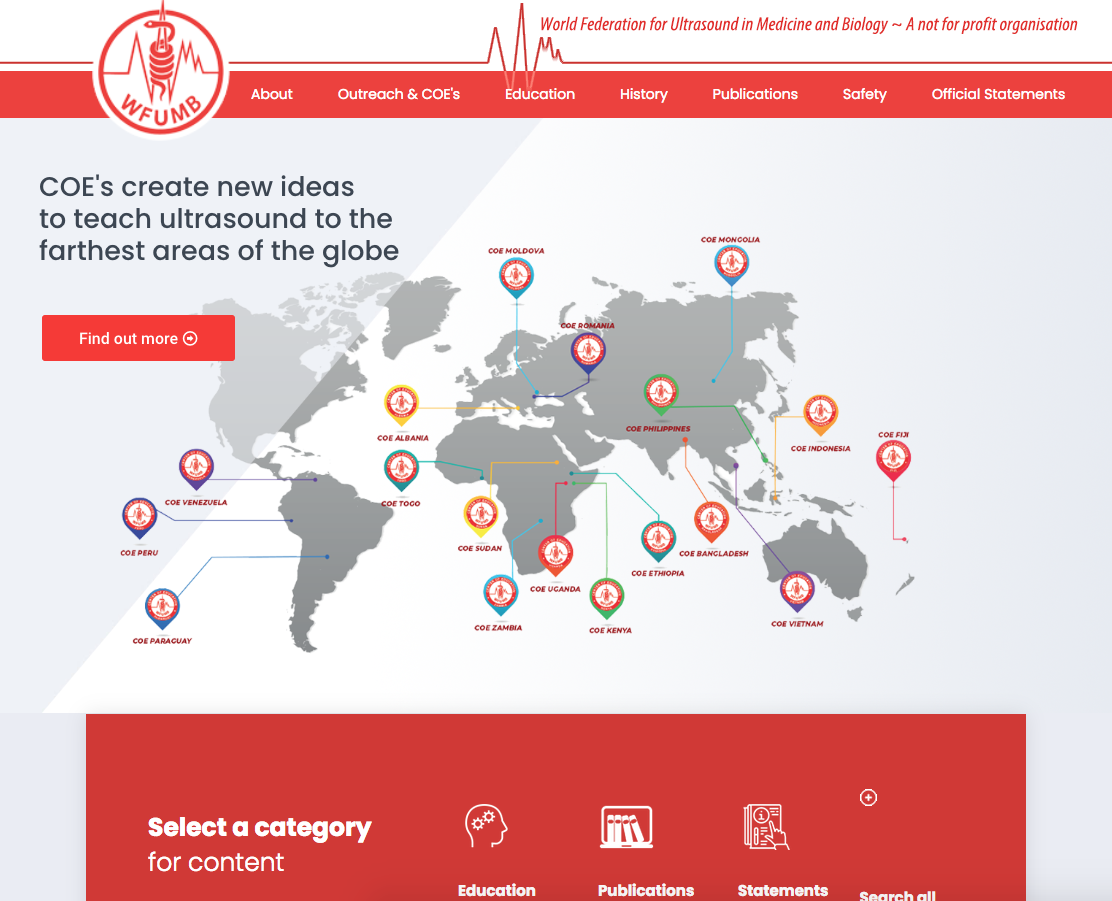
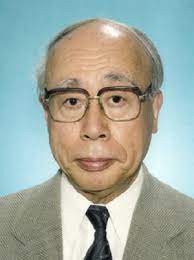

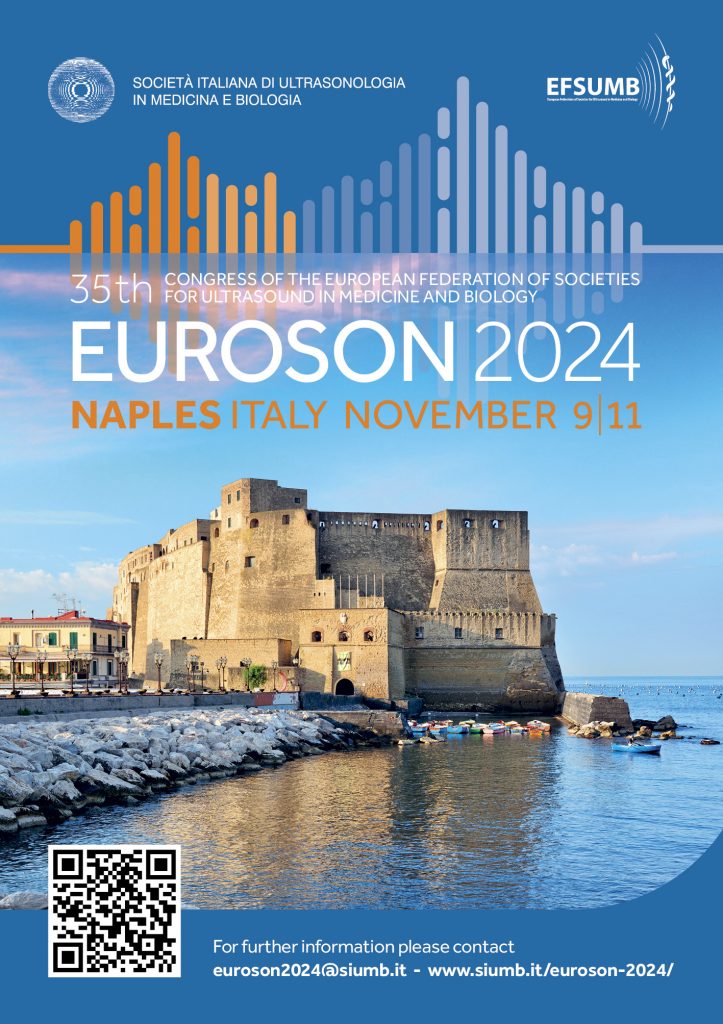

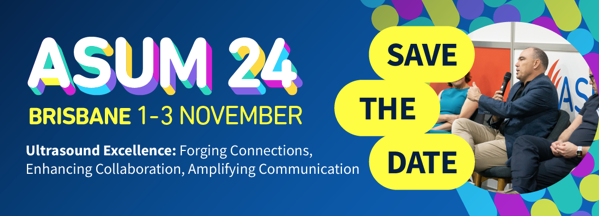
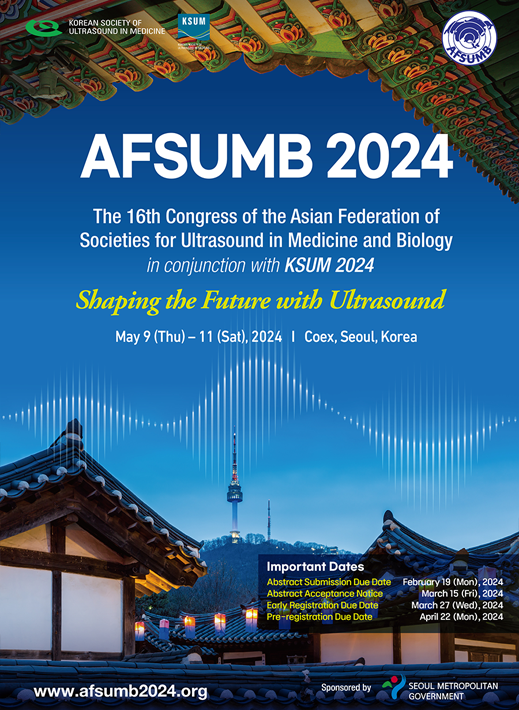

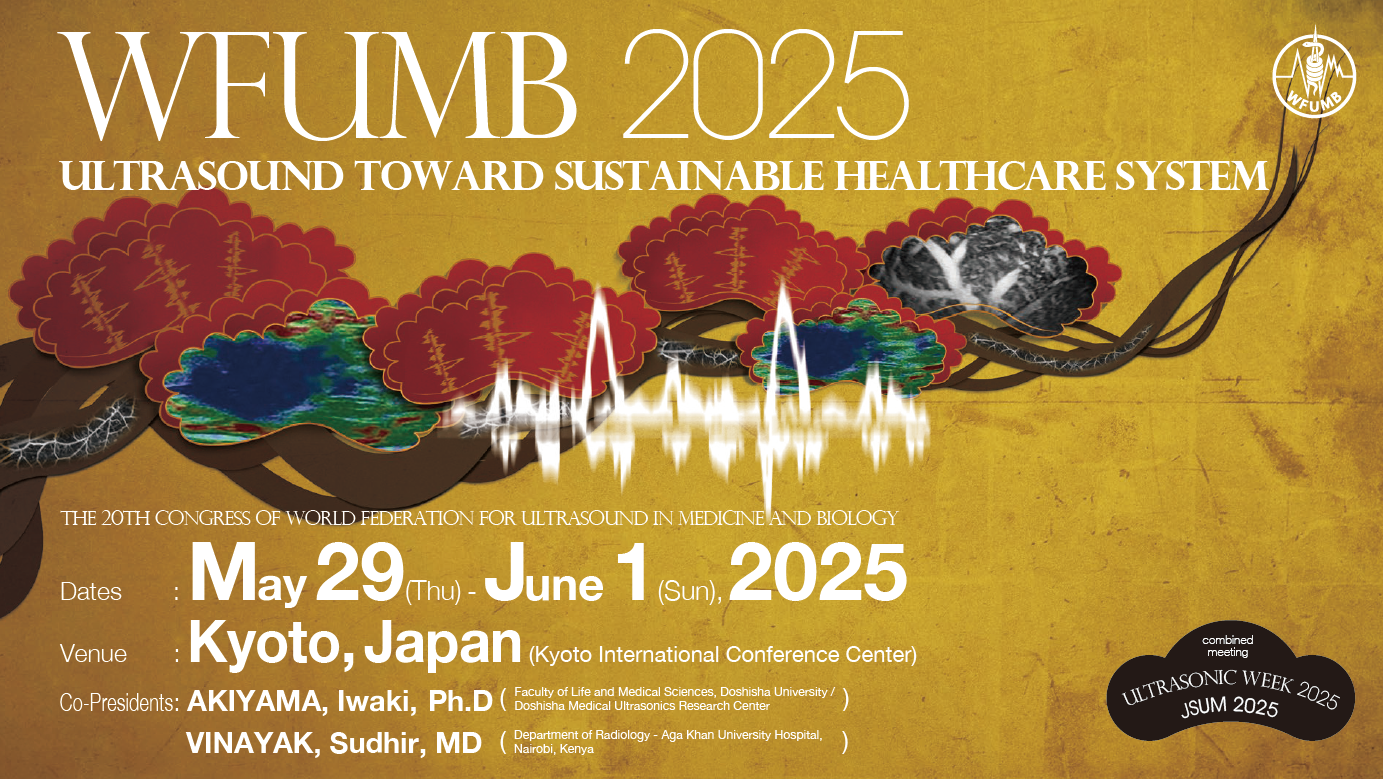

![Echoes Issue No. 35 [ March 2024 ]](https://wfumb.info/wp-content/uploads/2024/03/image001-scaled.jpg)